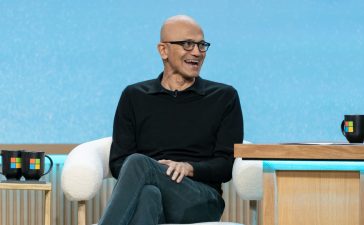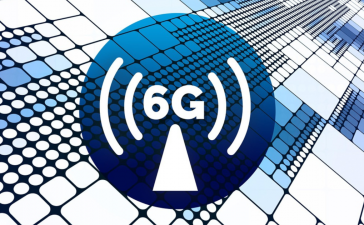Inflation ticked higher in the United States last month as the Federal Reserve weighs the latest stage of its battle against price growth.
The headline consumer price index increased at an annual pace of 3.4% in December, according to the Bureau of Labor Statistics, up from 3.1% in the previous month, and exceeding economists’ expectations of about 3.2%.
On a month-to-month basis, the index climbed 0.3%, from 0.1% in November. Housing costs drove the index higher, and were responsible for more than half the headline increase.
But there were some signs that inflation continued to soften in December. The so-called “core” consumer price index – a measure that does not include volatile food and energy prices – slowed to an annual rate 3.9%, from 4% the previous month.
Energy inflation rose 0.4% last month, as higher electricity prices offset a decline in natural gas costs. Food inflation rose 0.2% in December, in line with November, as menu prices at restaurants and cafes increased more quickly than prices on store shelves.
Policymakers, weighing when to start cutting borrowing costs, are closely monitoring price movements across the world’s largest economy as they try to engineer a so-called “soft landing”, where price growth normalizes and recession is avoided.
Inflation has been moderating since it surged to its highest levels in a generation in 2022. The Fed embarked upon an aggressive campaign to cool the world’s largest economy in a bid to curtail price growth, raising interest rates 11 times.
The last hike was in July, however, and officials have since opted to wait and see whether they have done enough. Policymakers at the Fed have raised the prospect of cuts to interest rates this year, as price growth heads back towards the central bank’s 2% target.
after newsletter promotion
Michael Pearce, lead US economist at Oxford Economics, said: “The larger than expected 0.3% rise in consumer prices in December will reverse some of the more aggressive rate cut bets this year, but it does not change our view that inflation is on a bumpy path back to the 2% target.”
Inflation in the service sector of the economy is “gradually” slipping, Pearce added. “The trend in broader services inflation will be determined by the strength of wage growth, which is still cooling, thanks to the ongoing normalization in labor market conditions.”








